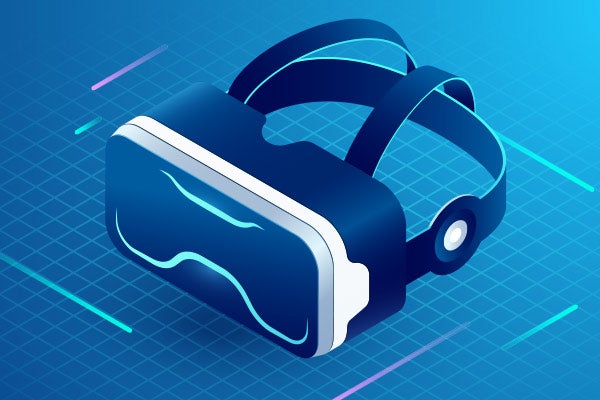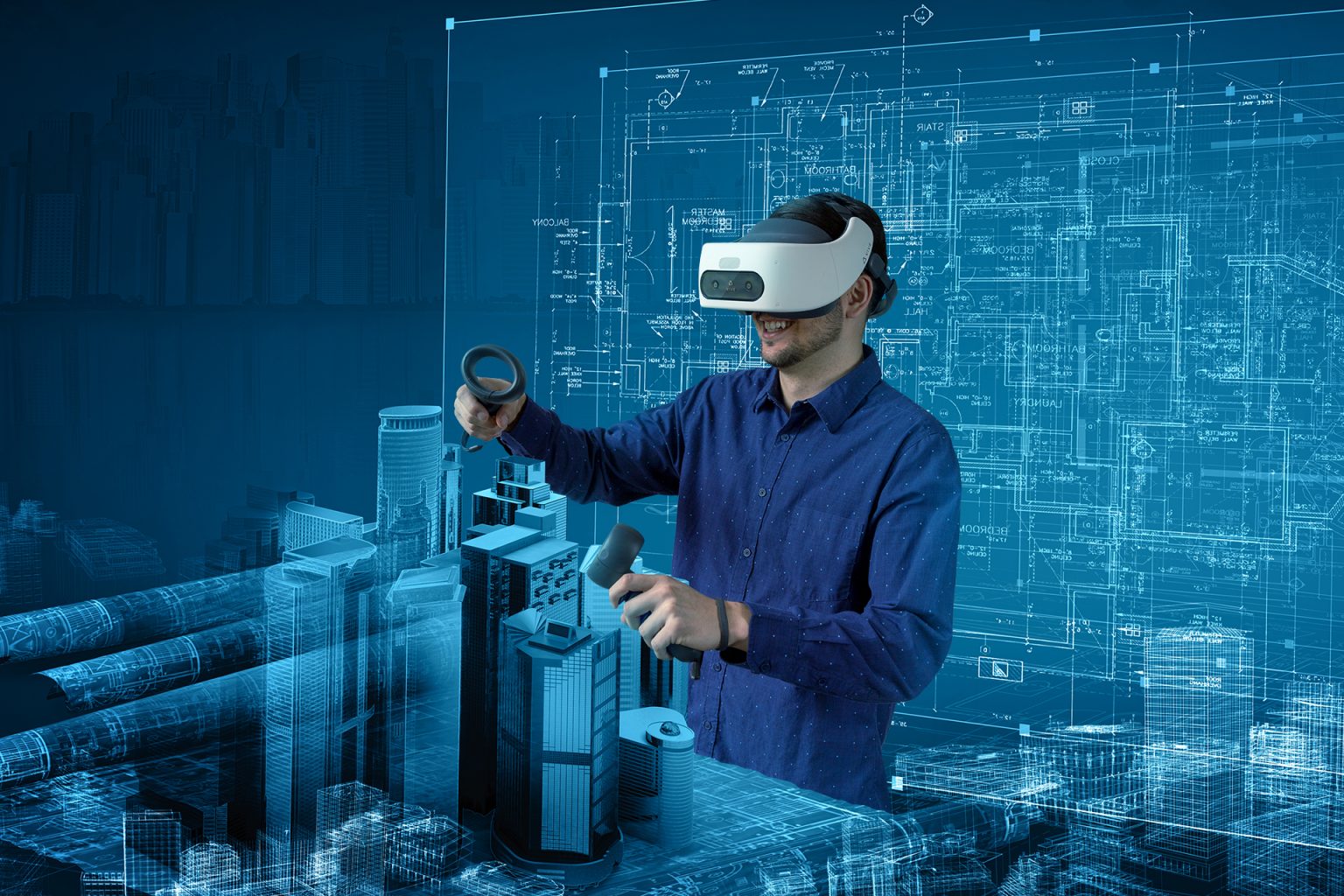Virtual Reality Vexations: Solving VR Development Challenges

Executive Summary

The advent of virtual reality (VR) technology has opened up new and immersive possibilities across various industries. However, VR development comes with its unique set of challenges that can hinder the creation of compelling and seamless experiences. This article delves into the predominant VR development challenges, unpacking their nuances and offering practical solutions to overcome them. By addressing these vexations, developers can unlock the full potential of VR and deliver transformative experiences.

Introduction
Virtual reality has garnered widespread attention for its ability to transport users into captivating digital environments. However, the path to crafting polished VR experiences is fraught with challenges that can test the mettle of even the most seasoned developers. Recognizing and tackling these obstacles is paramount for maximizing VR’s potential and delivering unforgettable user experiences.
Top VR Development Challenges
1. Motion Sickness and Discomfort
- Nausea and Dizziness: Rapid head movements and inconsistencies between visual and vestibular cues can induce motion sickness and discomfort.
- Cybersickness Symptoms: Headaches, eye strain, and nausea can manifest due to prolonged VR use.
- Mitigation Strategies: Utilize techniques such as gradual adaptation, smooth transitions, and reducing latency to minimize discomfort.
2. Latency and Performance Issues
- Lag and Stuttering: Delays in visual and haptic feedback can disrupt immersion and lead to frustration.
- Performance Optimization: Optimize graphics, limit complex physics simulations, and employ efficient code to ensure smooth performance.
- Adaptive Rendering Techniques: Techniques like foveated rendering and level-of-detail adjustments prioritize rendering resources for areas within the user’s focus, reducing computational load.
3. User Interface and Interaction
- Ergonomic Design: VR headsets can be bulky and uncomfortable, affecting user enjoyment.
- Intuitive and Natural Interactions: Designing interfaces that mimic real-world interactions enhances usability and immersion.
- Haptic Feedback Integration: Haptic feedback can enhance the sense of presence and provide realistic interactions.
4. Content Creation and Storytelling
- Immersive Narrative Techniques: Craft compelling stories that leverage the unique capabilities of VR to engage users emotionally.
- Interactive Environments: Design environments that invite exploration and foster a sense of agency.
- Procedural Content Generation: Utilize procedural generation techniques to create vast and varied worlds with reduced manual labor.
5. Hardware Limitations
- Display Resolution and Field of View: Limited resolution and field of view (FOV) can compromise immersion and visual fidelity.
- Processing Power: VR applications require substantial processing power to render complex scenes and handle real-time interactions.
- Tracking Accuracy: Precise head and hand tracking is crucial for seamless navigation and interactions.
Conclusion
Mastering the intricacies of VR development is a continuous journey, demanding a deep understanding of the challenges involved. By recognizing and addressing these vexations, developers can unlock the transformative potential of VR and empower users to embark on truly immersive and unforgettable experiences. Overcoming these challenges paves the way for innovation, pushing the boundaries of what VR can achieve and shaping the future of interactive entertainment.
Keyword Tags
- Virtual reality development
- VR development challenges
- Motion sickness in VR
- VRlatency optimization
- VR User interface design
